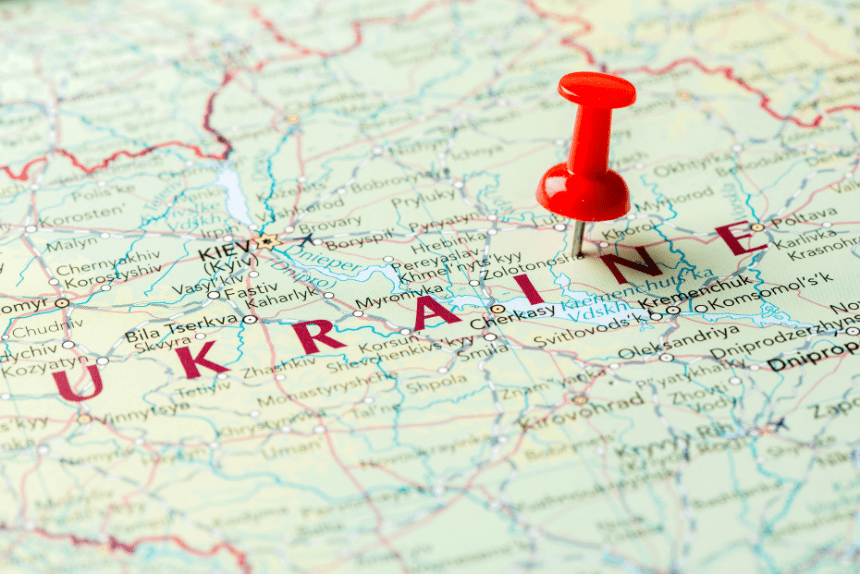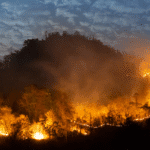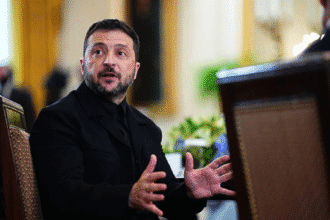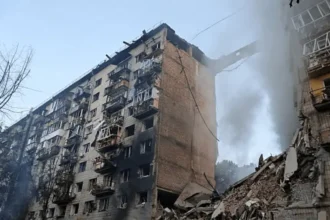The war in Ukraine is still going on, as Russian troops are slowly taking over more land. Russian troops have achieved small gains, notably in the east, in places like Luhansk and Donetsk, even though they have faced opposition. As bombings hit Kyiv and other cities and Russian troops try to take control of important areas, the situation is still changing. At the same time, international efforts to start peace talks are getting stronger.
How is Russia doing in Eastern Ukraine?
Russian troops are concentrating on taking over the Luhansk and Donetsk areas in eastern Ukraine. Russia wants to take full control of these areas, along with the Zaporizhzhia and Kherson regions, and there has been a lot of fighting there. There were votes soon after Russia invaded in 2022, but they did not lead to full Russian control. Pokrovsk, a town near Donetsk, is one of the hottest spots on the front lines. People are worried that Ukrainian forces holding it would be surrounded. The situation at Chasiv Yar, which is close by, is still uncertain, and Moscow is spreading false information about its fall. Here is the link to our article on the Ukraine Ceasefire Proposal.
What’s going on near Kharkiv?
Russia is making big pushes toward Kupyansk, north of Donetsk. Their goal is to surround northern Donetsk and take more of the Luhansk province. In May 2024, Russian troops came down from the north into the Kharkiv region, taking over many villages and forcing thousands of inhabitants to leave. This step is part of Russia’s larger plan to create a buffer zone and protect important borders. Ukrainian forces have fought back, deploying drones to attack Russian airbases. The front lines are still moving as both sides suffer huge losses.
What are the most important parts of Russia’s buffer zone strategy?
Vladimir Putin, the president of Russia, wants to set up a buffer zone along Ukraine’s northern border, especially after Ukraine made progress in Kursk. The purpose is to make Russia’s defenses stronger, but Ukrainian counterattacks have stopped big territorial advances. The war has extended beyond Ukraine, with Ukraine attacking Russian military bases and oil facilities deep inside Russia. Russia has bombed Ukraine in response, but the prolonged conflict shows little indication of ending soon. Here is the link to our article on Ukraine Airstrike Deaths.
Will the talks over a ceasefire end the fighting?
As the war enters its fourth year, talks for a ceasefire are still a big part of international diplomacy. Donald Trump, the President of the United States, has been very clear about wanting to end the war through talks. He has also said that Russia will face more penalties if it does not agree to a ceasefire by August 8. The US has agreed to give Ukraine long-term military and economic backing, but peace talks have not made any progress. The West is determined to help Ukraine recover and defend itself, but the future of the war is still unclear.
What changes have happened in the war during the past three years?
On February 24, 2022, Russia initiated a full-scale invasion of Ukraine. Missile strikes and ground force movements hit major cities, including Kyiv. At first, Russia made big gains, but they had a hard time fighting back from Ukraine, especially with the support of Western-supplied weapons like the NLAW anti-tank systems. By the end of 2022, Russia had pulled out of Kyiv and much of northern Ukraine. Ukraine had also taken back Kherson in the south. Fighting has mostly been in eastern Ukraine over the past year, and Russian troops have been making steady but sluggish gains.
Last Thoughts on the War in Ukraine
The war in Ukraine is at a very important point right now, with fighting still going on for control of important areas like Luhansk, Donetsk, and Kherson. As Russia keeps trying to take over land, Ukraine stays strong and gets help from other countries. It’s still not clear if a truce will happen, but neither side seems to be willing to back down. The whole world is watching carefully and hoping for a solution that would stop this terrible war.








